AFRICAN-AMERICAN HISTORY
African-Americans have made important contributions to the university from its antebellum founding through the present day.
A new online campus tour explores their role—including their struggles and achievements—and celebrates trailblazing African-Americans in the state and nation. The African-American History Tour, sponsored by the Office of Diversity and Inclusion, tells this story through 17 campus landmarks.
The full self-guided walking tour is available at umd.edu/blackhistorytour.
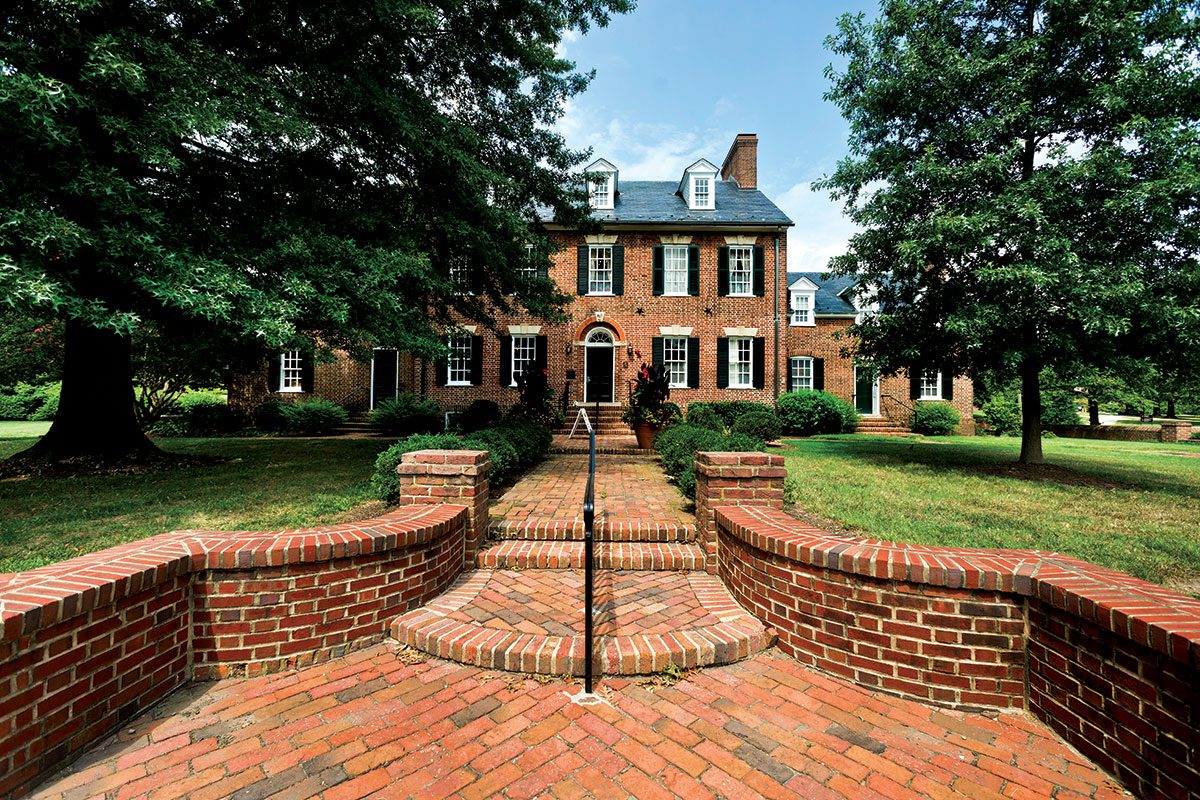
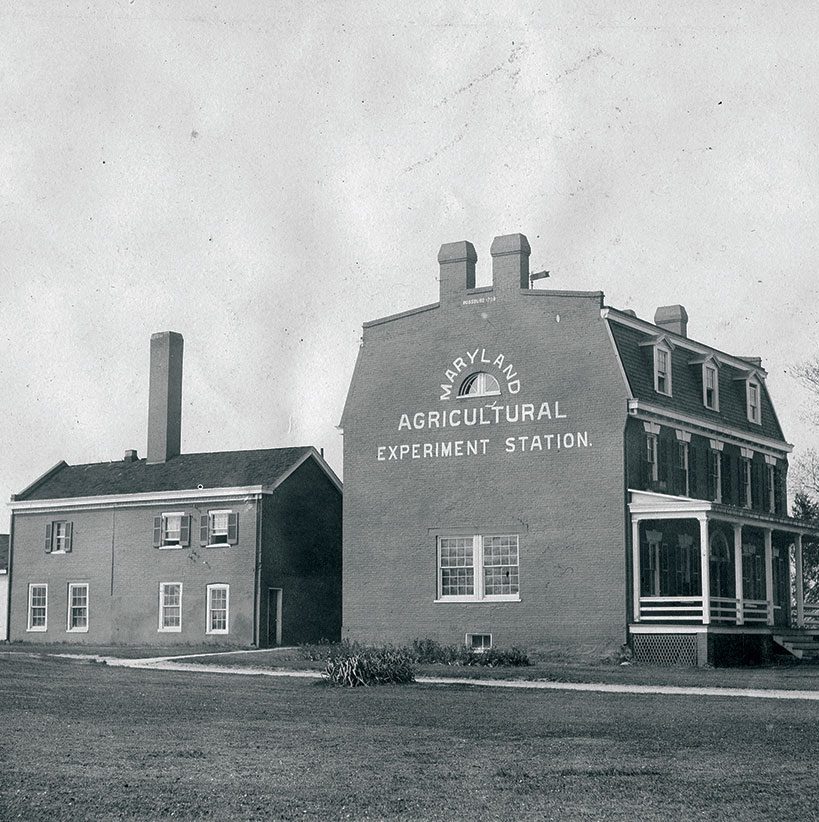
1 — The Rossborough Inn: Memorial Bench
Charles Benedict Calvert, a slaveholding planter and politician, sold a portion of his 428-acre Rossburg Farm property, including the inn, to found the Maryland Agricultural College in 1856. The Greater College Park initiative brings together the university, the city, and state and federal partners to re-imagine the Baltimore Avenue corridor, along the tracks of the D.C. Metro system’s coming Purple light-rail line, and around the College Park Metro Station.
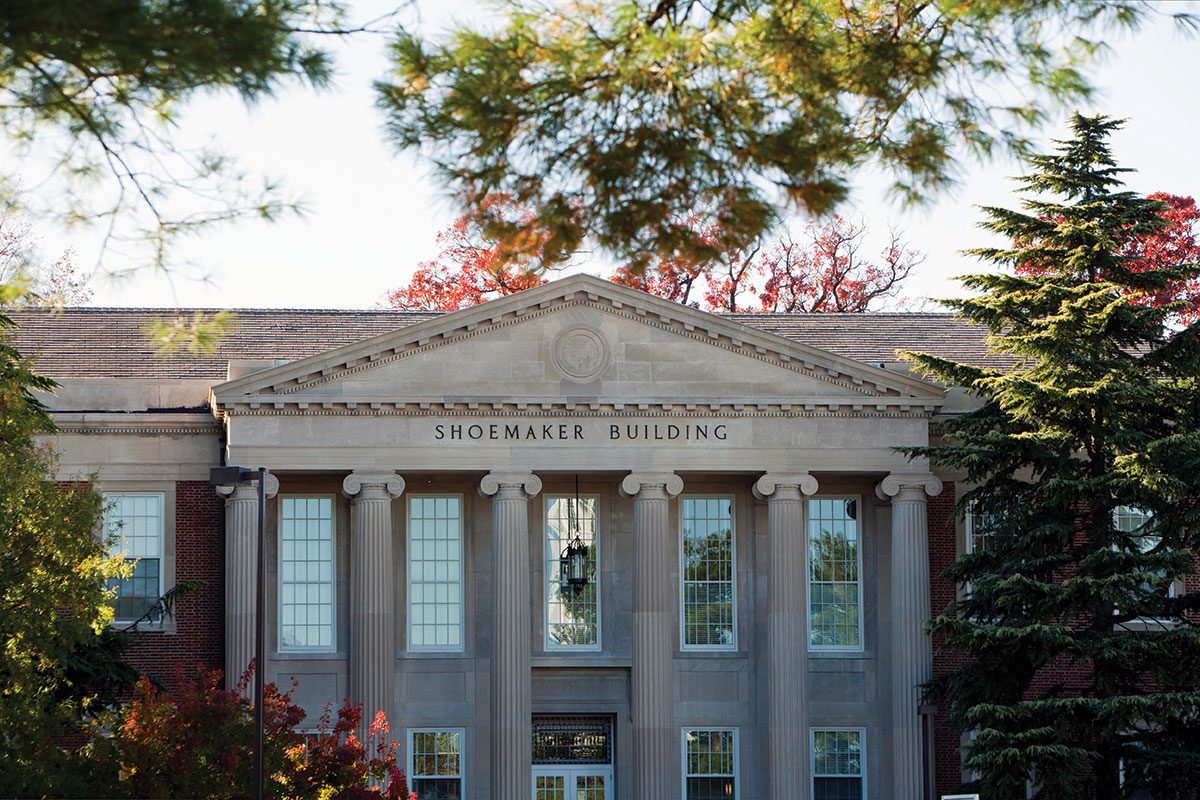
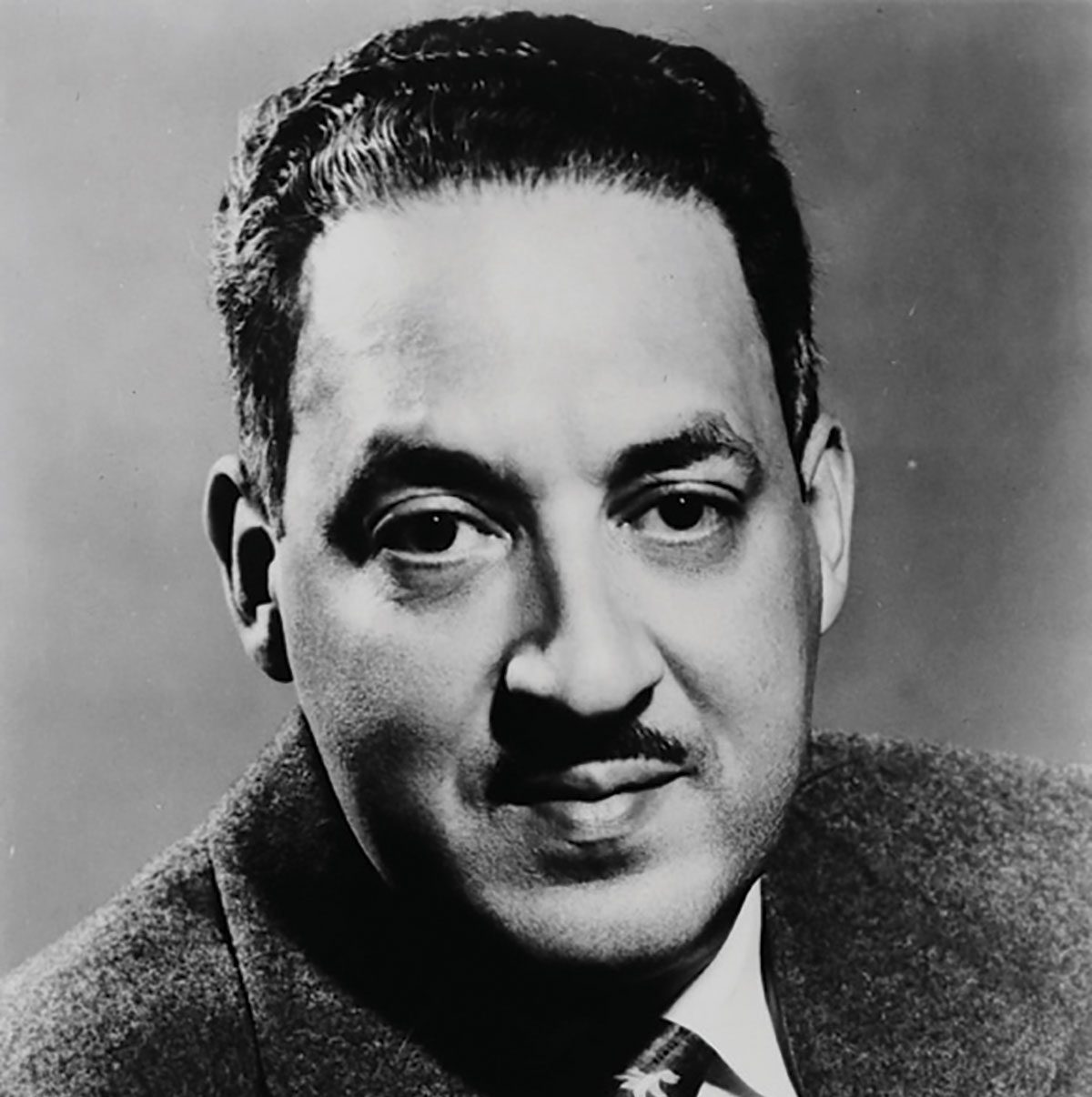
2 — Thurgood Marshall Room, Shoemaker Hall
U.S. Supreme Court Justice Thurgood Marshall (1908–93) was a native Baltimorean, who as counsel for the NAACP Legal and Education Defense fund, led or participated in several cases that led to the Supreme Court’s landmark ruling in Brown vs. Board of Education of Topeka that racial segregation of public schools was unconstitutional.
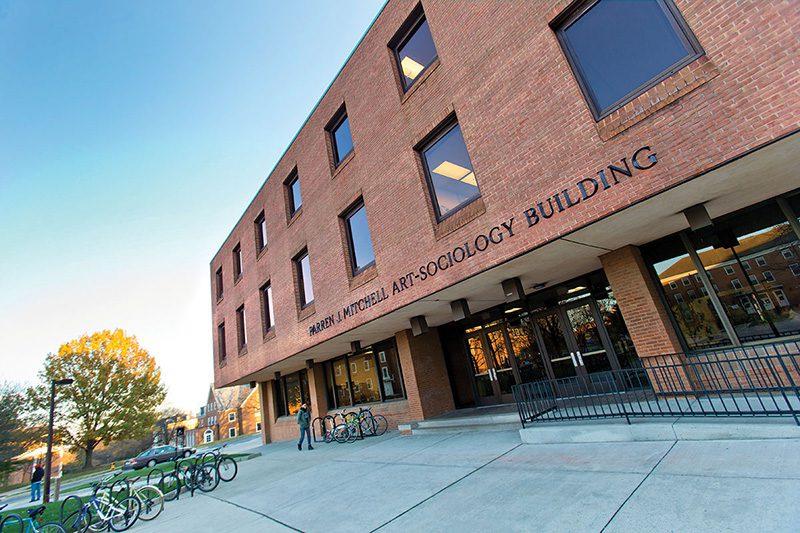
3 — Parren J. Mitchell Art-Sociology Building
Parren J. Mitchell M.A. ’52 sued UMD to become the first African-American graduate student to take all of his classes on campus and receive a degree. Mitchell went on to become a civil rights leader and Maryland’s first black congressman.
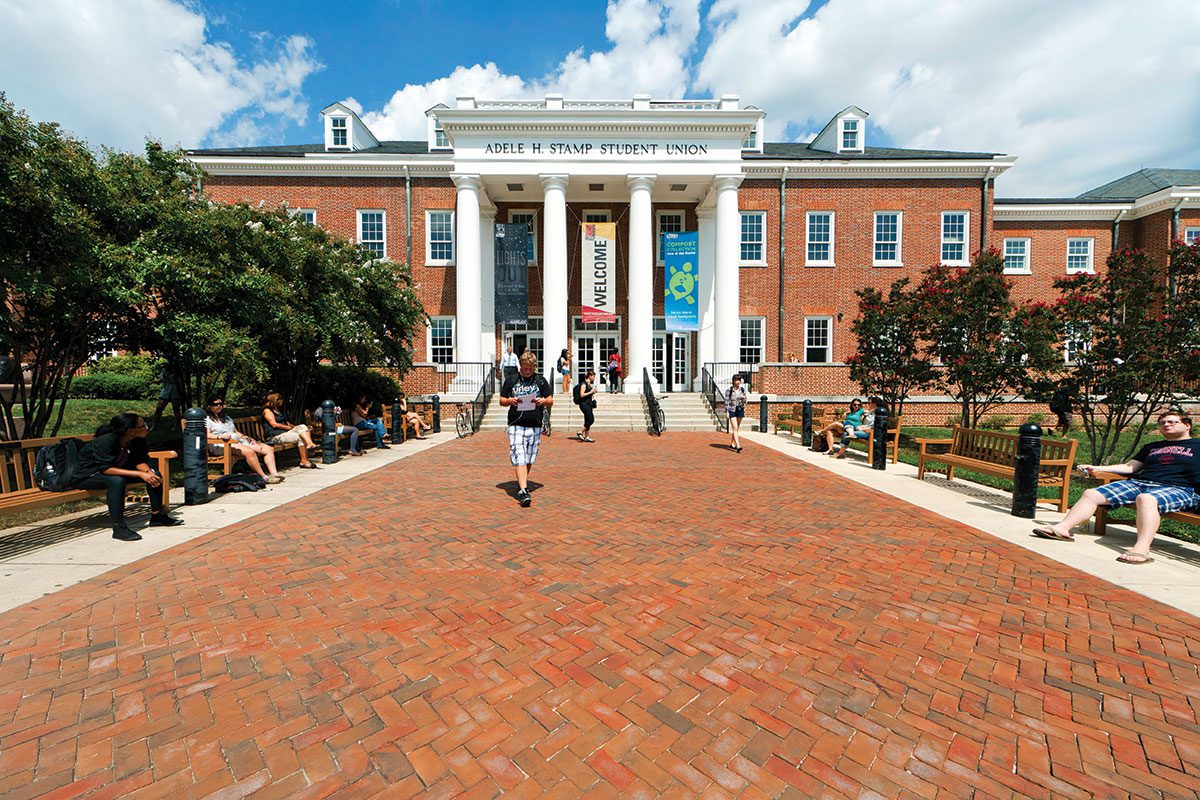
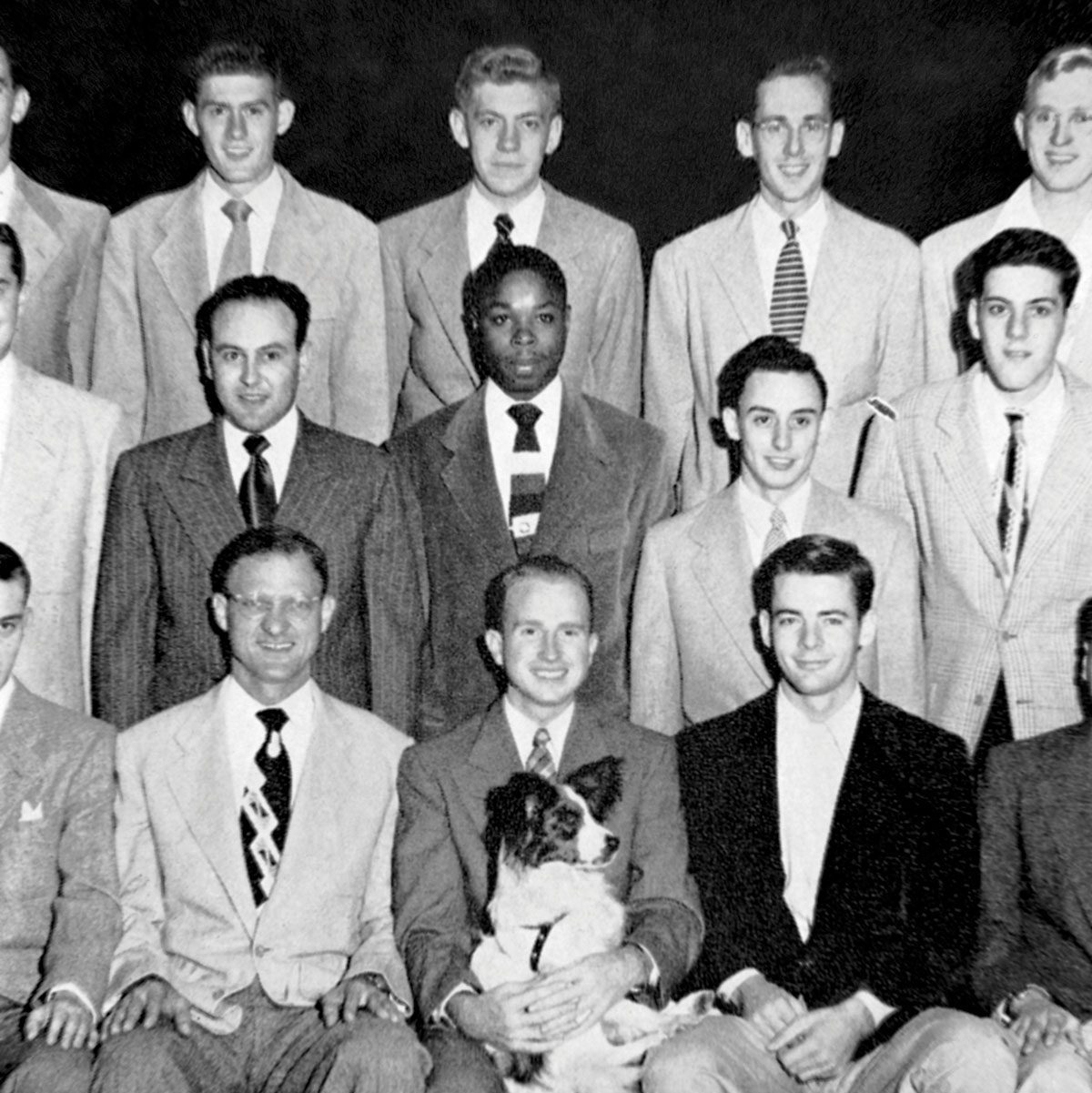
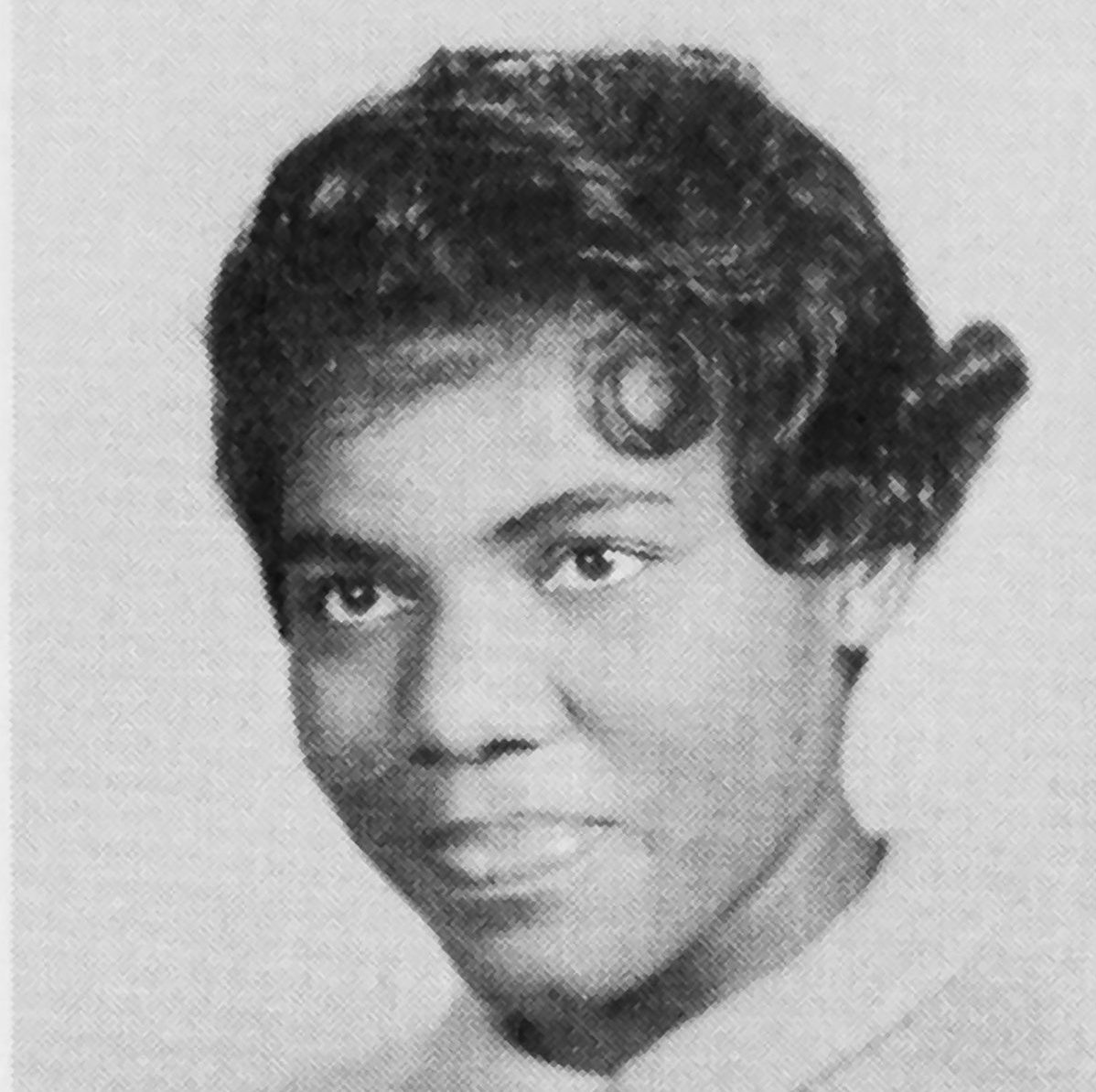
4 — Stamp Student Union, Photos of Whittle and Johnson
Future U.S. Supreme Court Justice Thurgood Marshall and the NAACP successfully represented Hiram Whittle, who in 1951 became the first African-American undergraduate admitted to UMD; Whittle left after a year without graduating. Elaine Johnson enrolled in 1955 and four years later became the first African-American woman to graduate. It’s a short walk from here to our NEW Johnson-Whittle residence hall.
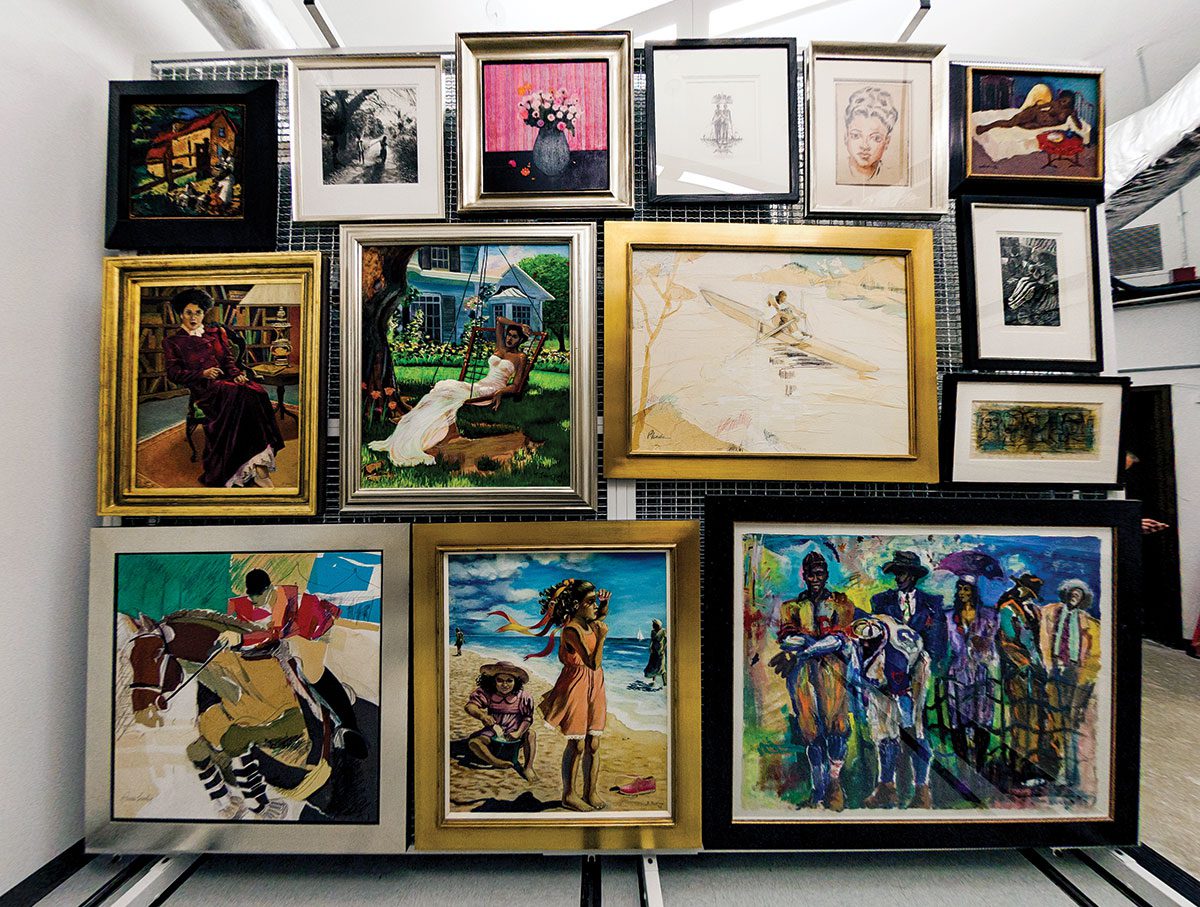
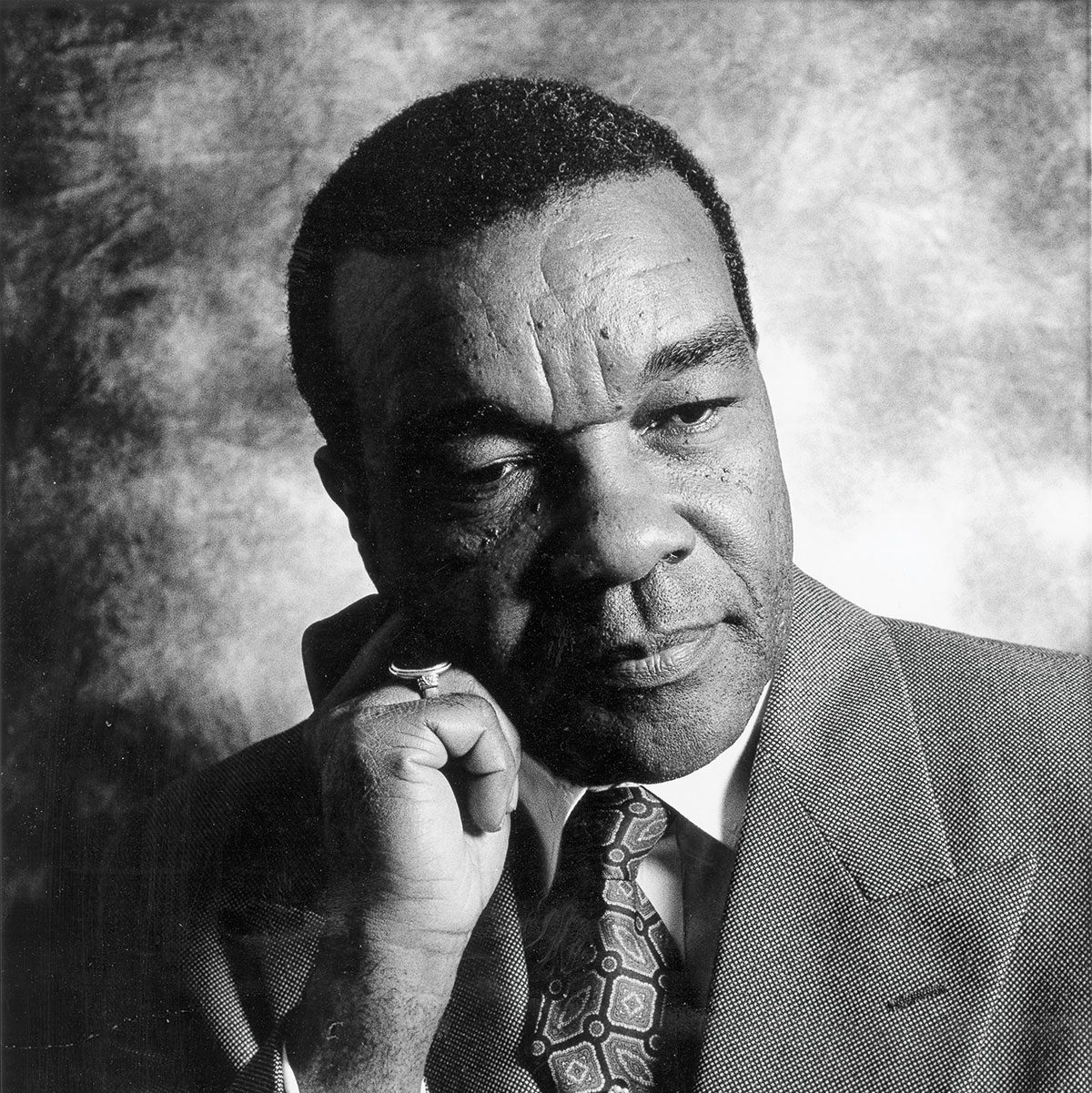
5 — David C. Driskell Center
The David C. Driskell Center for the Study of the Visual Arts and Culture of African-Americans and the African Diaspora honors the legacy of a late emeritus professor, painter, art collector and curator, and leading authority on African-American art.
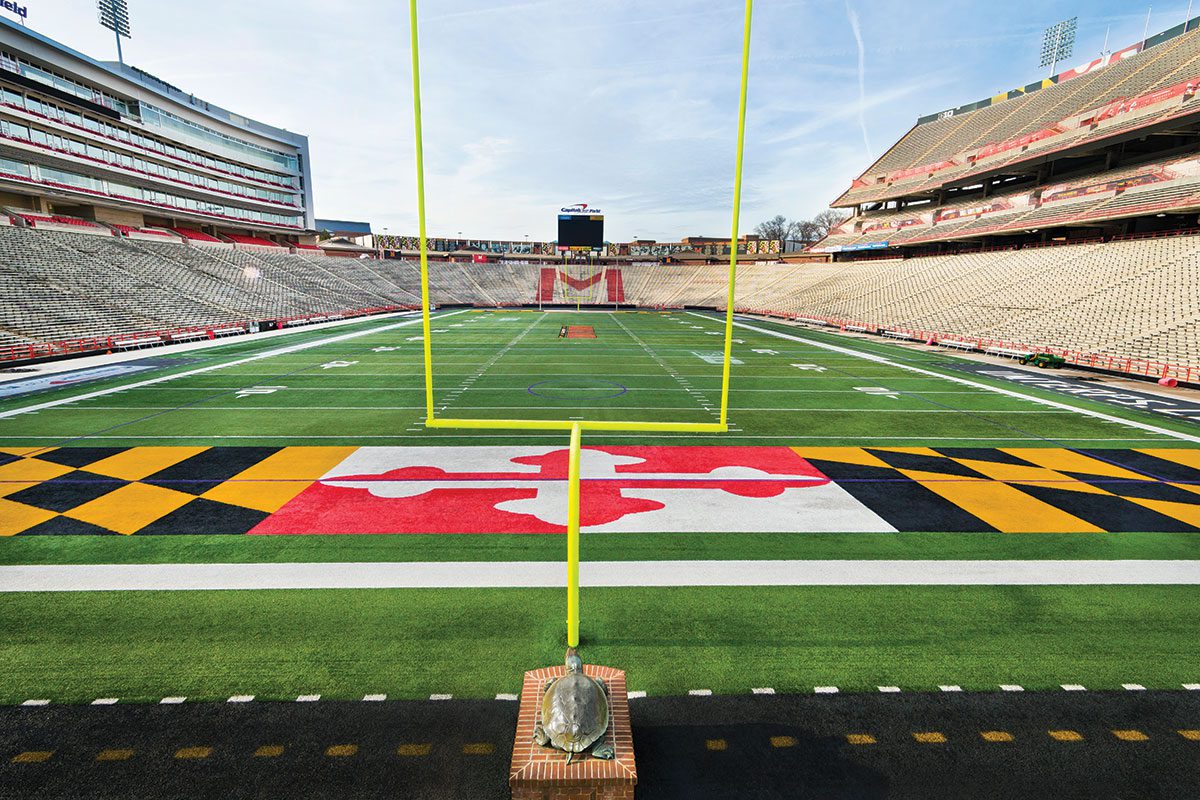
6 — Maryland Stadium
Maryland Stadium opened in 1950 and for 65 years was named for Harry Clifton “Curley” Byrd, a 1908 graduate who returned four years later as football coach and served as president from 1935–54. He is credited with strengthening the university’s athletic programs and increasing the university’s stature but actively opposed racial integration of the campus. In 2015, his name was removed from the stadium.
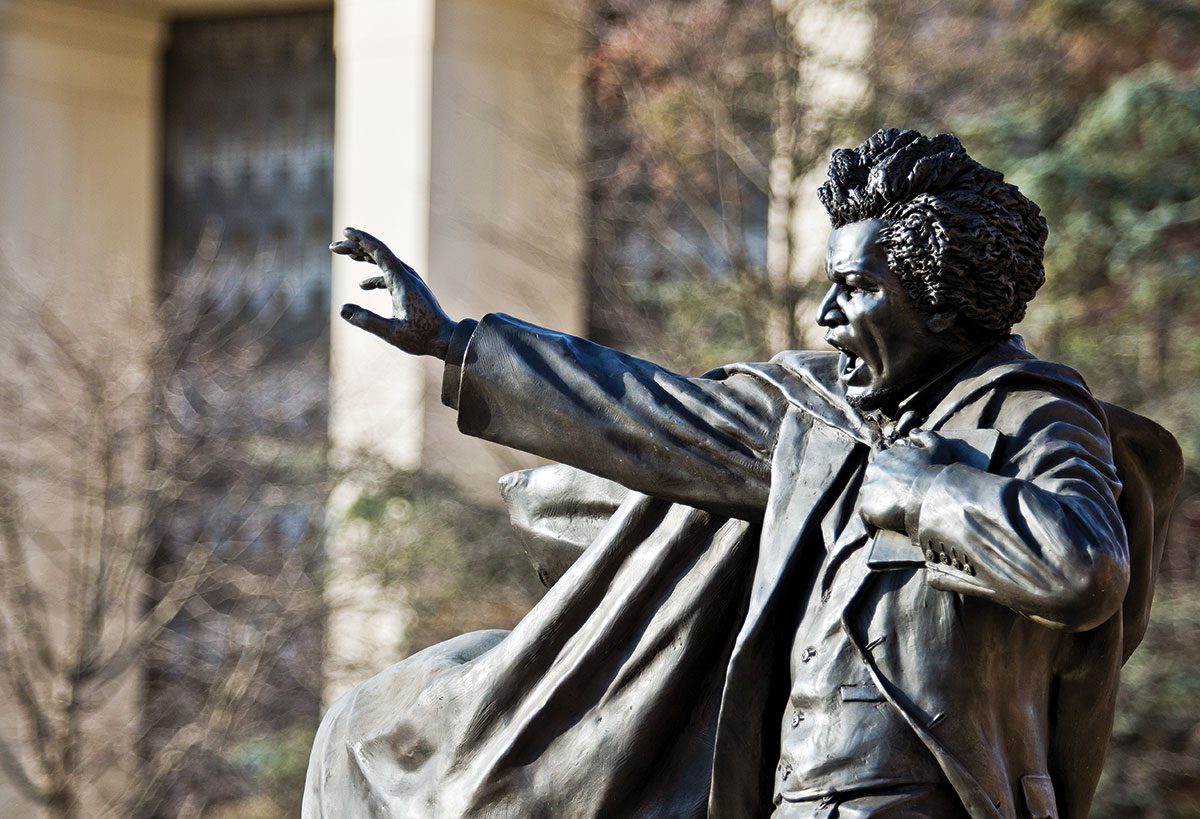
7 — Frederick Douglass Square, Hornbake Plaza
One of the most important figures in Maryland history, Frederick Douglass (1818–95) is honored with an 8-foot-tall bronze statue unveiled in 2015. Born into slavery in Talbot County, Md., Douglass taught himself to read and write on the streets of Baltimore before escaping at age 20. Douglass went on to become a powerful voice against slavery and post-Civil War oppression against African-Americans.
